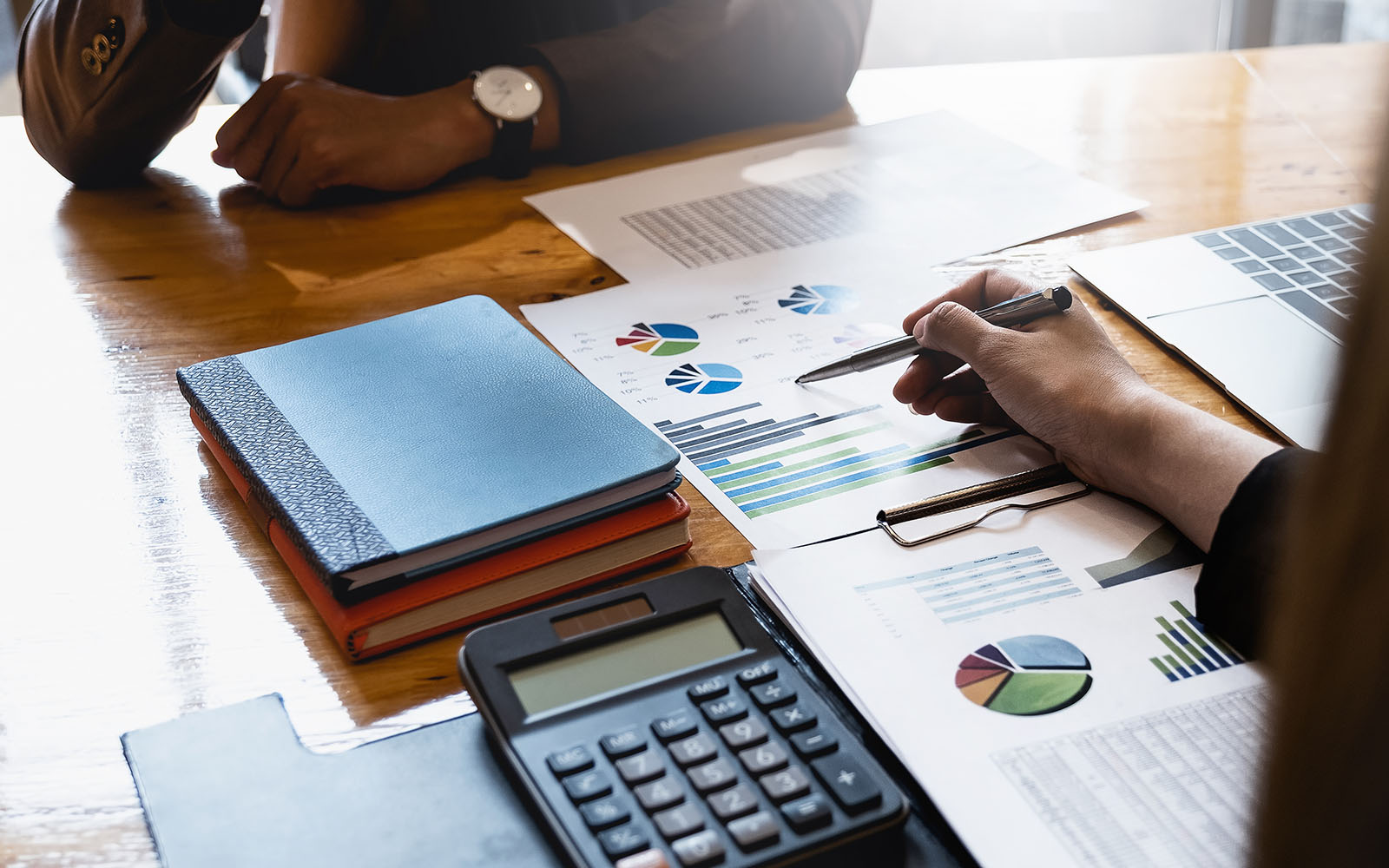As your business navigates COVID-19, maintaining and improving cashflow is critical to sustaining operations. In a three-part video series, our Indirect Tax team outlines cashflow strategies you can use to support your business.
- GST / HST Filing Frequency
- Intercompany Transactions (RC4616)
- Bad Debt Recovery
In our third video, we detail a strategy for managing bad debt and turning it into cashflow.
In our current economic situation, people and businesses are facing financial hardship. Although they want to pay their outstanding balances, they may not have the means to do so. As a result, the account receivable may eventually become bad debt, and you’ve already paid the GST to the Canada Revenue Agency.
If you are unable to collect on your account receivable, you may be able to claim a GST adjustment once you meet all the conditions. Here’s an example of how this works.
You have an account receivable of $10,500 (including GST) that needs to be written off as bad debt since you are unable to collect on it. You may be eligible to claim a GST adjustment of $500 if the following conditions are met:
- The supply was taxable and not zero-rated or exempt;
- The supply was made for consideration and to a recipient;
- The recipient was dealing at arm’s length with you;
- All or a part of the consideration and the tax payable became a bad debt;
- The bad debt was written off your books; and
- The tax was reported and remitted on your GST return(s).
Please note that if all or a portion of the bad debt (that was previously written off) was recovered and a GST adjustment was claimed on the GST return, you will be required to remit the GST amount related to the amount recovered
Contact
If you want to further discuss the topic above, or any sales tax questions, please feel free to contact us.
Edward Chow, CPA, CGA
Manager, Indirect Tax
[email protected]
778.372.5365
Angela Chang, CPA, CGA
Partner, Indirect Tax
[email protected]
778.374.2121
Norma Orellana
Senior Manager, Indirect Tax
[email protected]
604.949.2116





